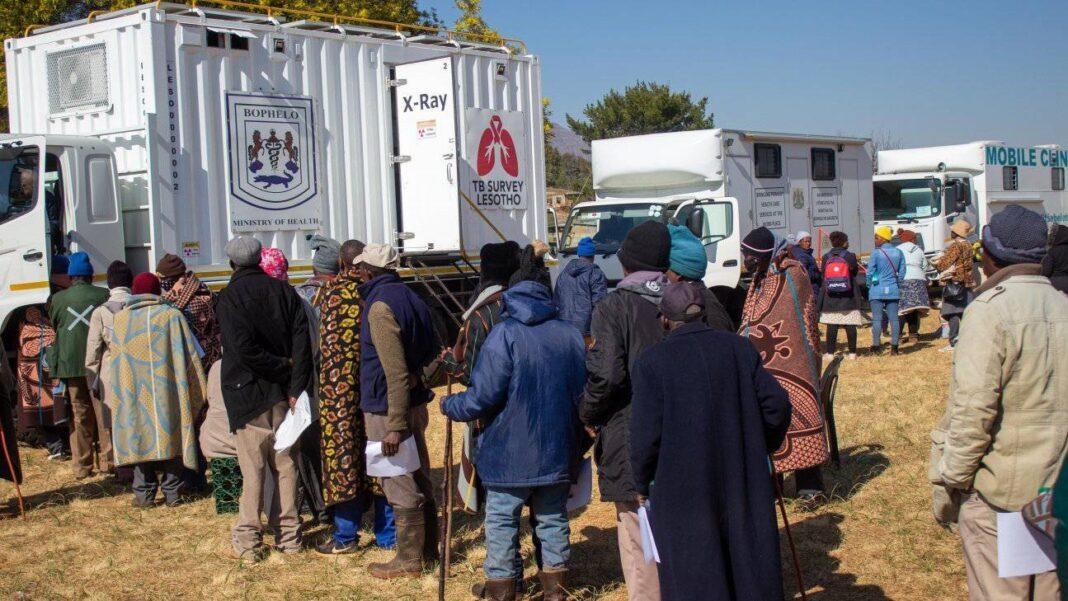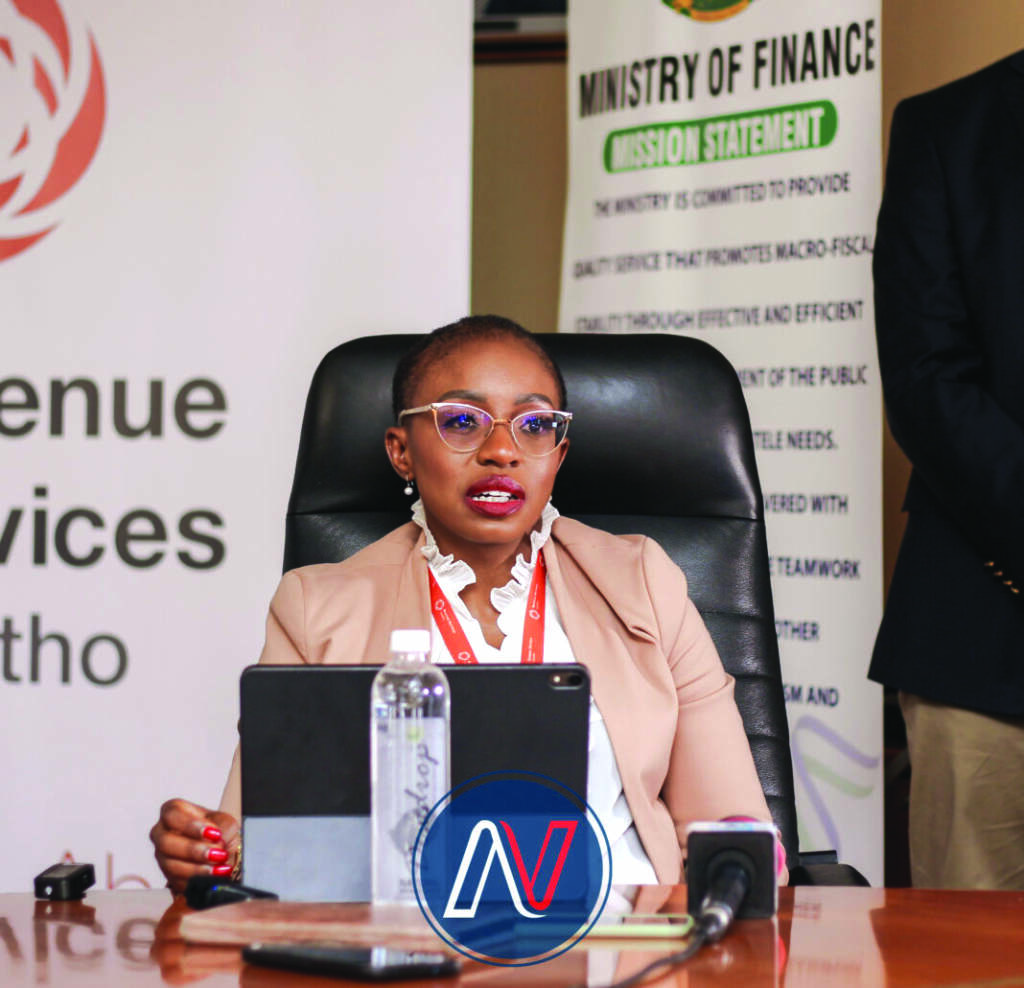Ntsoaki Motaung
Leaders from around the world convened at the United Nations General Assembly’s High-Level Meeting on Tuberculosis (TB) to approve a political declaration that sets ambitious new targets to combat the TB epidemic over the next five years.
The approved targets aim to achieve several critical milestones by 2027, including providing TB prevention and care services to 90 percent of those in need, adopting the World Health Organization (WHO) recommended rapid test as the primary method for diagnosing TB, offering social benefit packages to all TB patients, licensing at least one new TB vaccine, and closing funding gaps for TB implementation and research.
The theme of the meeting, ‘Advancing science, finance, and innovation, and their benefits, to urgently end the global tuberculosis epidemic, in particular by ensuring equitable access to prevention, testing, treatment and care’, underlined the urgent need for global collaboration and innovation to combat TB.
While progress has been made since 2018, the declaration expresses concern that some of the global targets might have not been met.
The COVID-19 pandemic significantly impacted access to diagnosis and treatment for TB, leading to an increase in cases and deaths. Additionally, drug-resistant and multidrug-resistant TB continue to pose a persistent challenge.
According to the World Health Organization (WHO), despite saving over 75 million lives since 2000, the global community fell short of reaching the targets set for TB prevention and treatment due to disruptions caused by the COVID-19 pandemic and ongoing conflicts.
“Only 34 million people of the intended 40 million people with TB were reached with treatment between 2018 and 2022. For TB preventive treatment, the situation was even more grim, with only 15.5 million of the 30 million people targeted to be reached with preventive treatment accessing it,†according to WHO.
Funding for TB services in low- and middle-income countries also experienced a decrease, falling from US$ 6.4 billion in 2018 to US$ 5.8 billion in 2022.
This represented a significant financing gap in implementing necessary TB programs. WHO stated: “Annual funding for TB research ranged from US$ 0.9 billion to US$ 1.0 billion between 2018 and 2022, which is just half of the target set in 2018.â€
Dr. Llang Maama, the TB Programme Manager at the Ministry of Health, noted that country-specific targets for Lesotho will be established at a later date.
Maama highlighted the funding challenges faced by Lesotho, particularly given the country’s high TB burden.
“We are currently depending on donations funding mostly from Global Fund and World Bank through its project called Southern Africa Health System Support and a small portion from the government,†she said.
She also provided an overview of Lesotho’s performance against previous targets, highlighting both successes and challenges, particularly in light of the COVID-19 pandemic.
Maama underlined the importance of TB prevention therapy and reported positive progress in reaching targets for TB in children. She clarified that high patient numbers, when revealed through operations, indicated that previously undiagnosed patients were being identified, rather than indicating a sudden spike in cases.
It is evident that concerted efforts are needed to meet the new targets and ultimately end the TB epidemic by 2030, not only globally but also at the national level in Lesotho.
Maama concluded by calling for a multi-sectorial approach, stating: “We do not have a TB-specific partner who focuses on supporting the TB program only. We just rely on those supporting HIV because they try to incorporate us into their activities, which sometimes makes TB less of a priority in some cases depending on what is on the table. So it compromises the funding landscape.â€
Summary
- Leaders from around the world convened at the United Nations General Assembly’s High-Level Meeting on Tuberculosis (TB) to approve a political declaration that sets ambitious new targets to combat the TB epidemic over the next five years.
- The approved targets aim to achieve several critical milestones by 2027, including providing TB prevention and care services to 90 percent of those in need, adopting the World Health Organization (WHO) recommended rapid test as the primary method for diagnosing TB, offering social benefit packages to all TB patients, licensing at least one new TB vaccine, and closing funding gaps for TB implementation and research.
- The theme of the meeting, ‘Advancing science, finance, and innovation, and their benefits, to urgently end the global tuberculosis epidemic, in particular by ensuring equitable access to prevention, testing, treatment and care’, underlined the urgent need for global collaboration and innovation to combat TB.

Your Trusted Source for News and Insights in Lesotho!
At Newsday Media, we are passionate about delivering accurate, timely, and engaging news and multimedia content to our diverse audience. Founded with the vision of revolutionizing the media landscape in Lesotho, we have grown into a leading hybrid media company that blends traditional journalism with innovative digital platforms.









